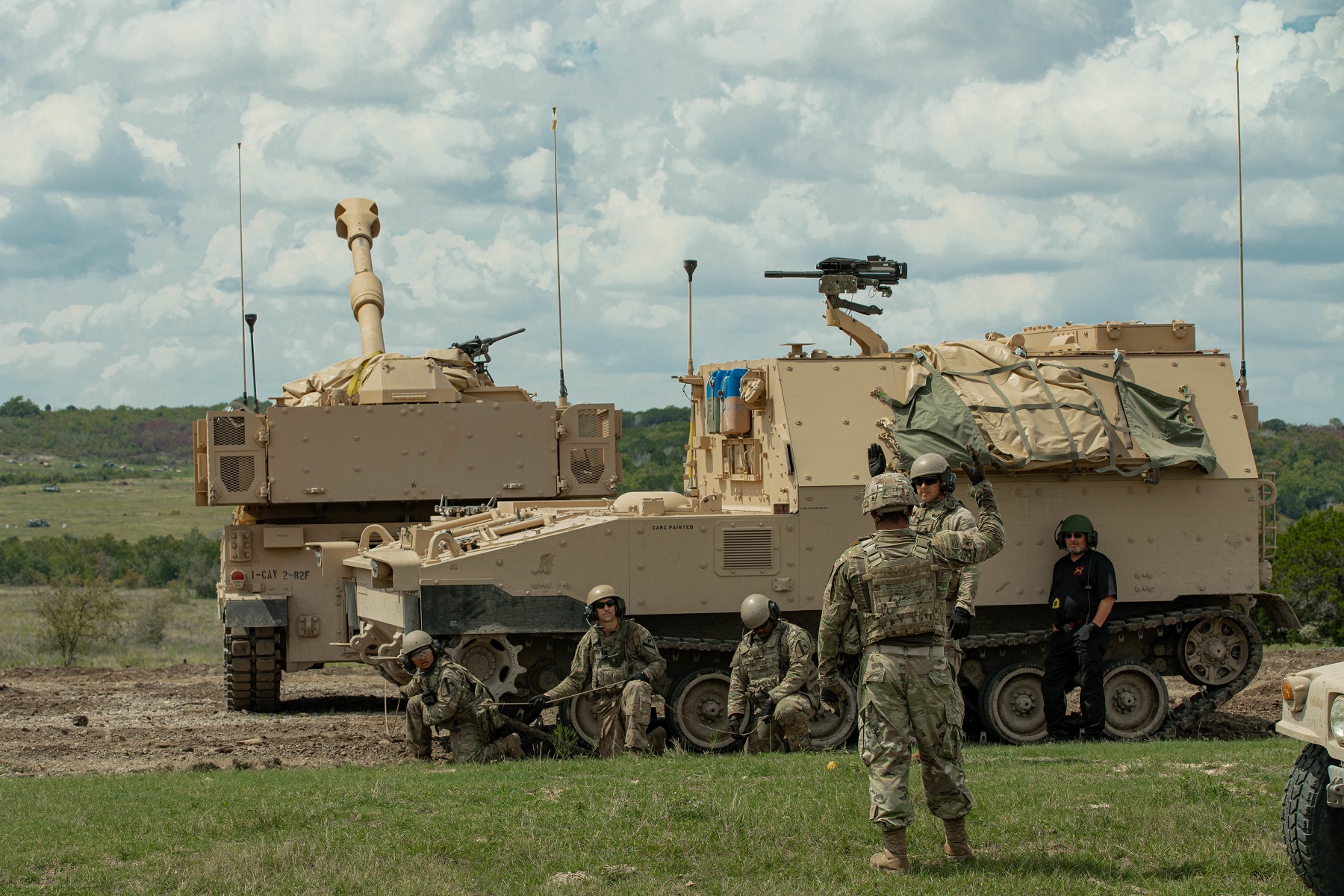BAE Systems Land & Armaments L.P., York, Pennsylvania, was awarded an $87,963,612 modification (P00137) to contract W56HZV-17-C-0001 for the production and delivery of M109A7 Self-Propelled Howitzers (SPH) and M992A3 Carrier, Ammunition, Tracked (CAT) vehicles. Work will be performed in York, Pennsylvania, with an estimated completion date of March 19, 2024. Fiscal 2023 weapons and tracked combat vehicle procurement, Army funds; and Overseas Contingency Operations Transfer funds in the amount of $87,963,612 were obligated at the time of the award. U.S. Army Contracting Command, Detroit Arsenal, Michigan, is the contracting activity.

The M109A7 SPH and M992A3 CAT vehicle set is a vital program enhancement for increased combat capability and sustainment of the Army’s Armored Brigade Combat Teams (ABCTs). The M109A7 is 10,000 lb (4,500 kg) heavier than its predecessor, and it has the capacity to grow to 110,000 lb (50,000 kg). The M109A7 can travel faster than previous versions at 38 mph (61 km/h) and is more maneuverable than a BFV. The initial contract was awarded in 2017 for low-rate production. This most recent order brings the total number of M109A7 and M992A3 vehicle sets to 204, with a total contract value of $1.5 billion. The award follows the Army’s decision, announced in February, to commence full-rate production of the vehicle.

The M109 has been upgraded a number of times, most recently to the M109A7 formerly known as the M109A6 Paladin Integrated Management (PIM). The M109A7 uses the existing main armament and cab structure of a Paladin M109A6, and replaces the vehicle’s chassis components with modem components common to the Bradley vehicle. The improved chassis structure provides greater survivability and commonality with the existing systems in the ABCT, reducing operational sustainability costs by replacing obsolete components. The M109A7 will solve long-term readiness and modernization needs of the M109 family of vehicles through a critical redesign and production plan that leverages the most advanced technology available today.

The M992A3 Carrier, Ammunition, Tracked (CAT) is built on the chassis of the M109-series Self-Propelled Howitzers. It is also colloquially referred to as a “FAASV” (Field Artillery Ammunition Supply Vehicle). This ammunition vehicle has no turret, but has a taller superstructure to store 95 rounds with a corresponding number of powders and primers. This ammunition vehicle has no turret, but has a taller superstructure to store 95 rounds with a corresponding number of powders and primers. There is a maximum of 92 conventional rounds, 45 each in two racks, and 3 M712 Copperhead rounds. The remaining internal crew space was taken up by a hydraulically powered conveyor system designed to allow the quick uploading of rounds or their transfer to the M109-series howitzer.












